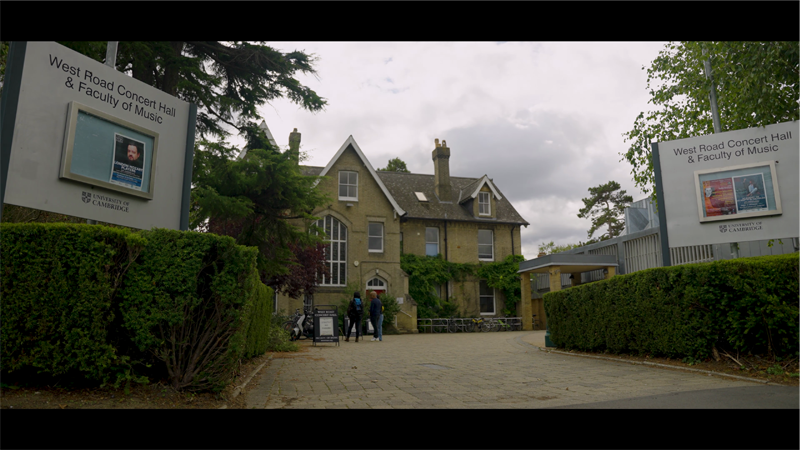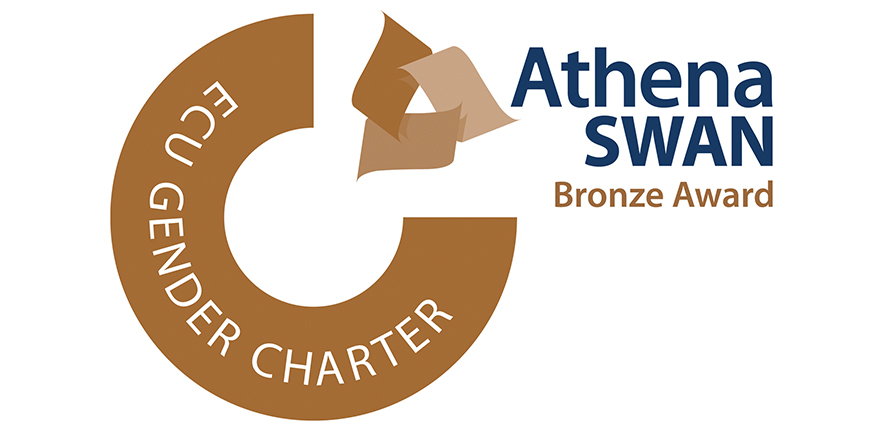The weekly colloquia present engaging and thought-provoking research papers covering an eclectic mix of topics and musical styles. They provide stimulating opportunities to hear and discuss the latest research by distinguished scholars and musicians from the UK and abroad.
Colloquia are held on Wednesday evenings in the Recital Room (unless otherwise specified) of the Faculty of Music, West Road. Please arrive at 4.50pm for a 5.00pm start. Papers are followed by discussion and a drinks reception with the speaker. Admission is free and open to the general public. All are welcome to attend.
Colloquia Convenors
2024-25 Termcards
| Title | Start Date | Event location |
|---|---|---|
| South Side Impresarios: How Race Women Transformed Chicago's Classical Music Scene (Dr Samantha Ege, University of Southampton) | Wed, 07/05/2025 - 17:00 | Lecture Room 2 |
| George Herbert, Music, and Audiation (Dr Simon Jackson, Peterhouse, Cambridge) | Fri, 16/05/2025 - 12:30 | Lecture Room 2 |
| Semiotic Slippages: A Gospel Sound in British Popular Culture (Dr Matthew Williams, University of York) | Fri, 30/05/2025 - 17:00 | Lecture Room 2 |
| AZAWAN: When Jazz meets Algerian Chaâbi in France An Autoethnographic Approach to the (Aest)ethics of Appropriations in the Field of Popular Music (Dr Martin Guerpin, Université Paris-Saclay) | Wed, 04/06/2025 - 17:00 | Lecture Room 2 |
| Imagining Music in the Long Nineteenth Century (Dr Jane Hines, Gonville and Caius College, Cambridge) | Wed, 11/06/2025 - 12:30 | Lecture Room 2 |
| The Gospel Truth: Cultivating Authenticity in Gospel Performance (Prof. Jeffrey Murdock, University of Arkansas) | Wed, 18/06/2025 - 17:00 | Lecture Room 2 |



